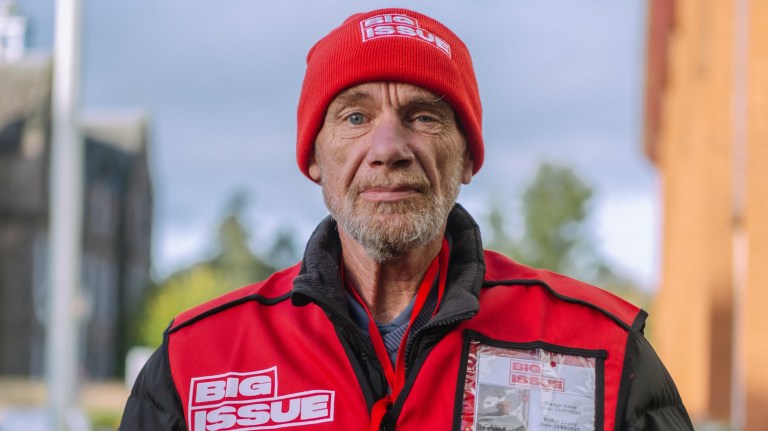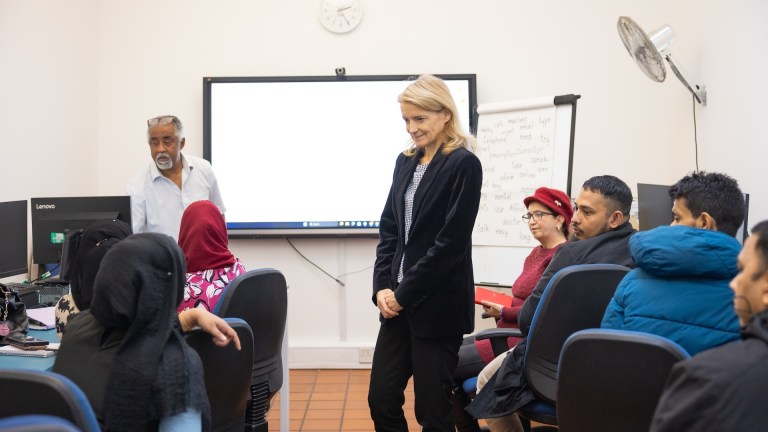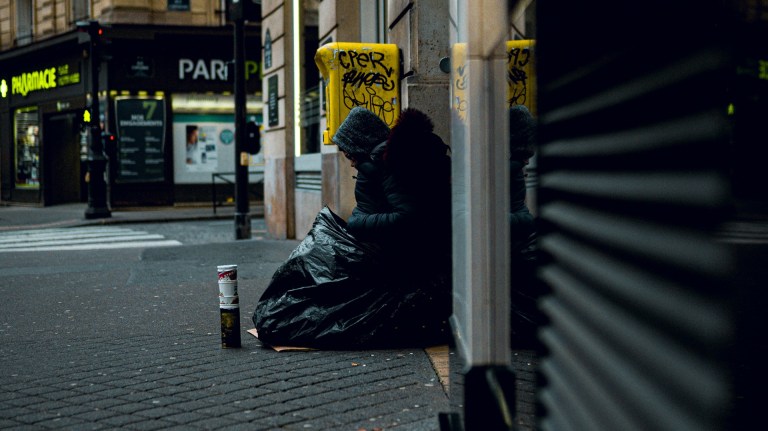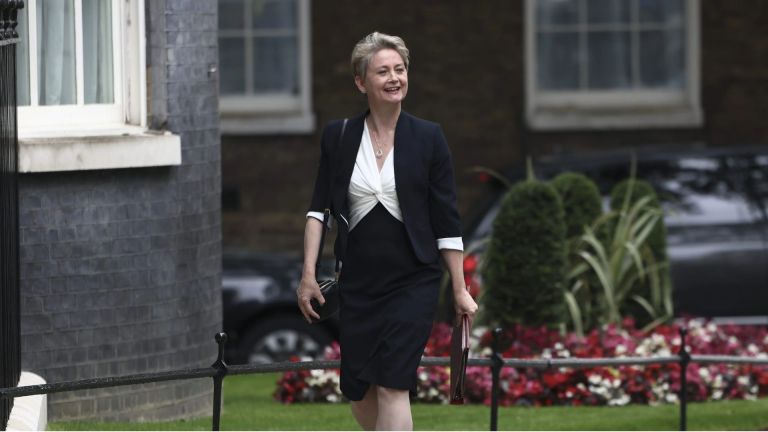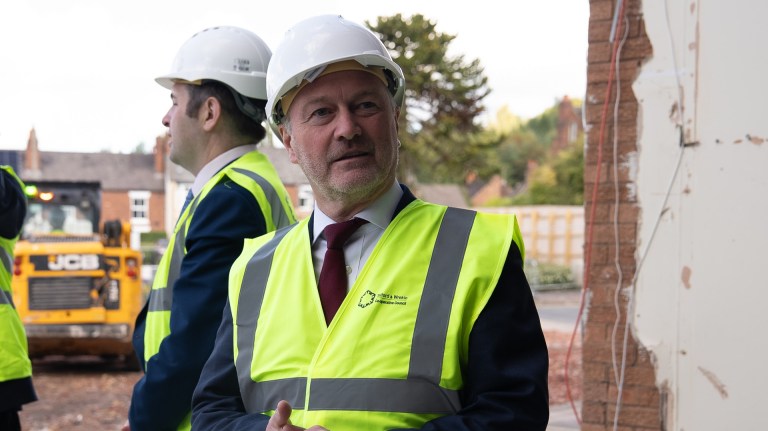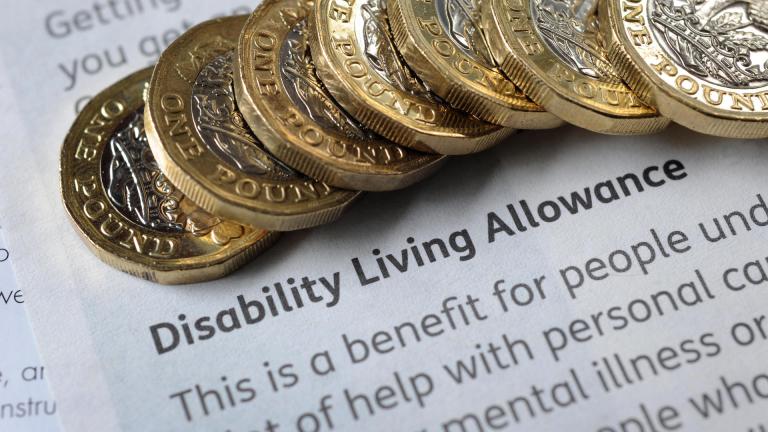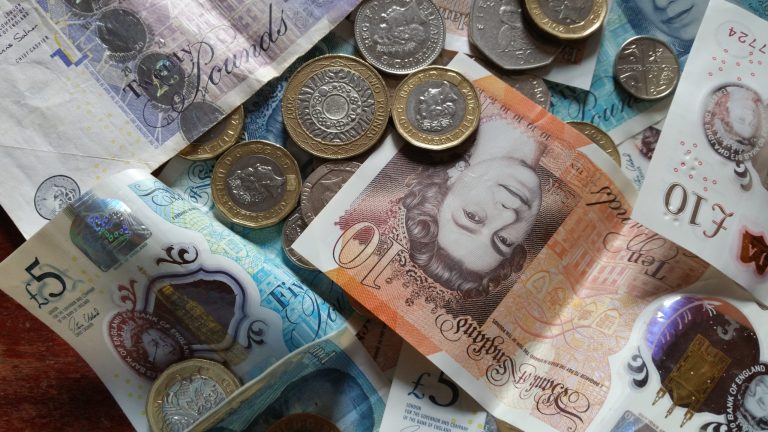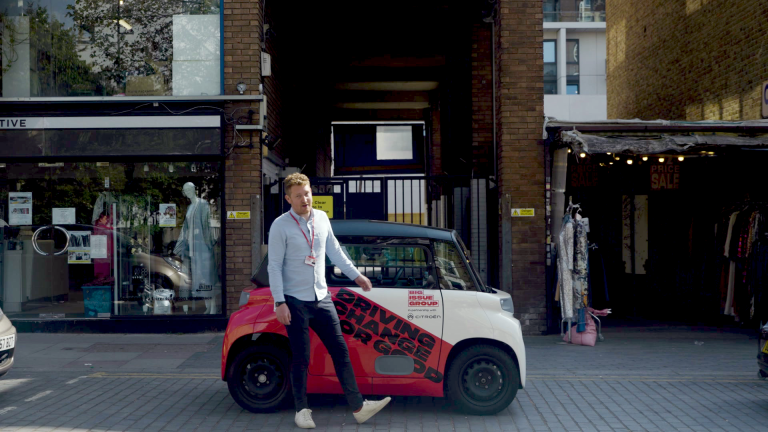In the second largest city in Serbia, famous for its music festival EXIT, huge numbers of people arrived from all over the country to block bridges over the River Danube. Three bridges were blocked for three hours, exactly three months since this new wave of protests started here.
The protests started after the collapse of the concrete canopy in the newly refurbished train station in the city of Novi Sad, which killed 15 people and seriously injured two more. While the Serbian government claimed the canopy was never part of the reconstruction, the whistleblowers involved in the works on the railway station said the opposite. In response to the cover up, thousands of people started gathering daily to mark the tragedy by standing in silence at the exact time the canopy collapsed, initially for 14 minutes (at the time this was how many people had died) and eventually for 15 minutes.
- ‘Dictators die, the people live on’: What Syria’s revolution means for those who fled Assad’s regime
- The ‘paramilitary’ tactics used by police to suppress protest
- Terry Hall: ‘The Specials have always been about protest’
During one of these memorial events, students from the Faculty of Dramatic Arts in Belgrade were attacked by members of the ruling party and in response, the students blocked their faculty. Gradually, most other faculties across the country, as well as high schools, joined them. So far, their demands, including publication of the entire documentation on the reconstruction of the railway station that would allow criminal persecution of those responsible, have not been met.
At first, the Serbian government hoped that spontaneous gatherings of people would eventually die out, as had many previous protests in the last 12 years. But what began as a student protest in Novi Sad and Belgrade quickly spread to other cities, led not by opposition parties, but by students, intellectuals, farmers and human rights activists. Even in smaller municipalities, once considered strongholds of the ruling Serbian Progressive Party, people started organising and marching in defiance.
These bridges connect Novi Sad with southern parts of Serbia. In order to get to Novi Sad, you have to cross them. These were the bridges bombed by NATO in 1999 and slowly rebuilt over the years. One of them is called the Bridge of Freedom and the symbolism strikes a chord. The atmosphere on the protest was incredible. There was a strong sense of solidarity and defiance.
One student said: “I am not afraid. Government can do whatever they like, it won’t work because we are the majority. In the end everyone, even the police and army, will support us. All we want is for the institutions in our country to start working as they should.”

